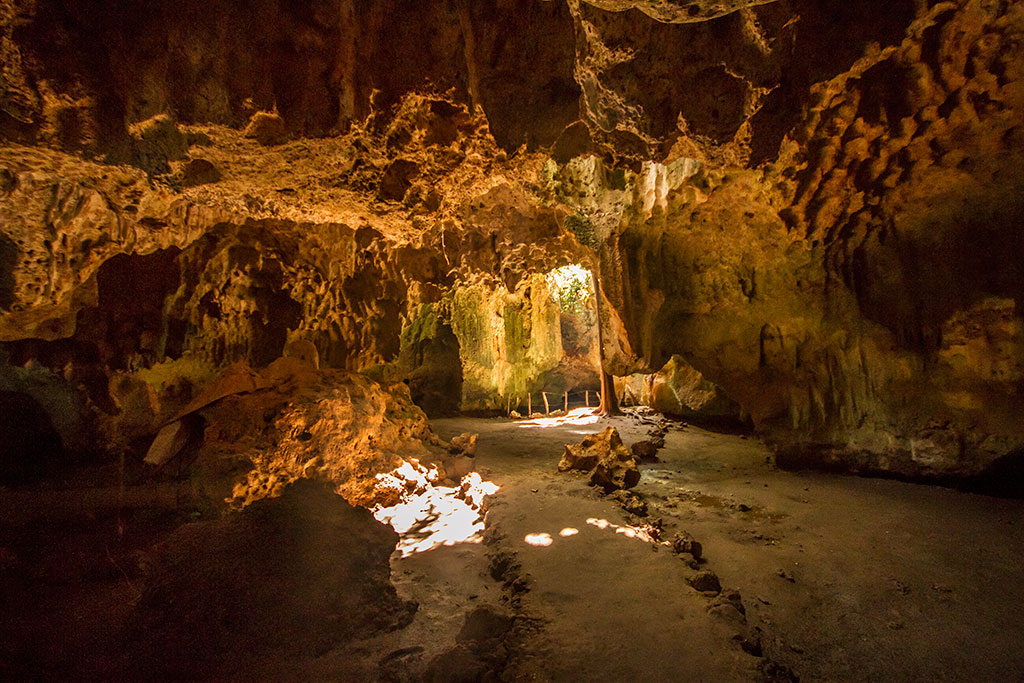- The term "Shimoni," which translates to "place of the hole" in Swahili, hints at the significant depths that lie ahead. Created over countless centuries through the relentless erosion of coral limestone, the caves extend for miles.
Along the sun-drenched Kenyan coast, approximately 75 kilometres south of Mombasa and a short drive south of Diani Beach, lies a natural phenomenon shrouded in both geological grandeur and a haunting past: the Shimoni Caves.
Situated in the small fishing hamlet of Shimoni in Kwale County, the caves are not just ordinary underground formations; they symbolize nature’s artistry and serve as a poignant reminder of human history, drawing visitors into a space where echoes of ancient spirits and suffering intertwine with a narrative of community upliftment.
The term "Shimoni," which translates to "place of the hole" in Swahili, hints at the significant depths that lie ahead. Created over countless centuries through the relentless erosion of coral limestone, the caves extend for miles.
Upon entering the cool, moist atmosphere, the tropical warmth diminishes, replaced by a significant sense of history. Majestic stalactites and stalagmites form towering columns, and the air is heavy with the aroma of wet earth and the subtle, salty scent from the nearby Indian Ocean.
The vastness of the main cavern, lit by natural light and well-placed lamps, unveils intricate rock structures that have existed for ages.
Nonetheless, Shimoni's geological marvel is intrinsically connected to the grim history of humanity. Historically, the caves served as holding pens for enslaved individuals awaiting transport to the Arab slave markets in Zanzibar.
This tragic chapter has left a deep and enduring impact on the coastal communities of Kenya. Families were torn apart, traditional social systems disrupted, and the development of the region stunted as its human resources were forcibly taken, resulting in a legacy of poverty and marginalization.
The anguish of that era still resonates through the generations and shapes the social interactions of the community. Local guides, often descendants of those affected, narrate the haunting tales with respectful gravity.
Shackles, still embedded in the rocky surfaces, serve as chilling, tangible evidence of the atrocities committed, a sobering reminder of a history that should never be forgotten.
Presently, the Shimoni Caves are managed by the National Museums of Kenya, with significant involvement from the local population. This involvement is crucial for the socio-economic progress of the region.
The revenue generated from tourism activities, including entrance fees and the sale of local crafts, directly supports the community by providing jobs for guides, sellers, and maintenance workers.
These opportunities are vital in regions where economic prospects may be scarce. The site has implemented measures to preserve its historical authenticity while ensuring access for educational and cultural tourism.
The economic activities spurred by the caves also support local enterprises, from small eateries to transport services, creating a ripple effect that enhances the welfare and advancement of Shimoni village and its surroundings.
In addition to being a site of historical significance, the caves also hold ecological value, housing numerous bats and surrounded by rich biodiversity and lush mangrove ecosystems.
All these natural assets, along with the historical site, form a unique tour experience that continues to attract visitors, providing a sustainable income source for the community while fostering a sense of pride and connection to their heritage.
Exploring the Shimoni Caves offers more than just sightseeing; it combines historical, natural, and socio-economic insights. It is a destination that challenges you to confront uncomfortable truths while simultaneously marveling at nature’s enduring strength and the resilience of its people.
As one exits the chilly darkness into the bright Kenyan sun, the narratives of Shimoni linger, leaving a profound impact on the spirit and a deep respect for the beauty and harsh truths of our shared past, as well as the ongoing quest for a better future.












